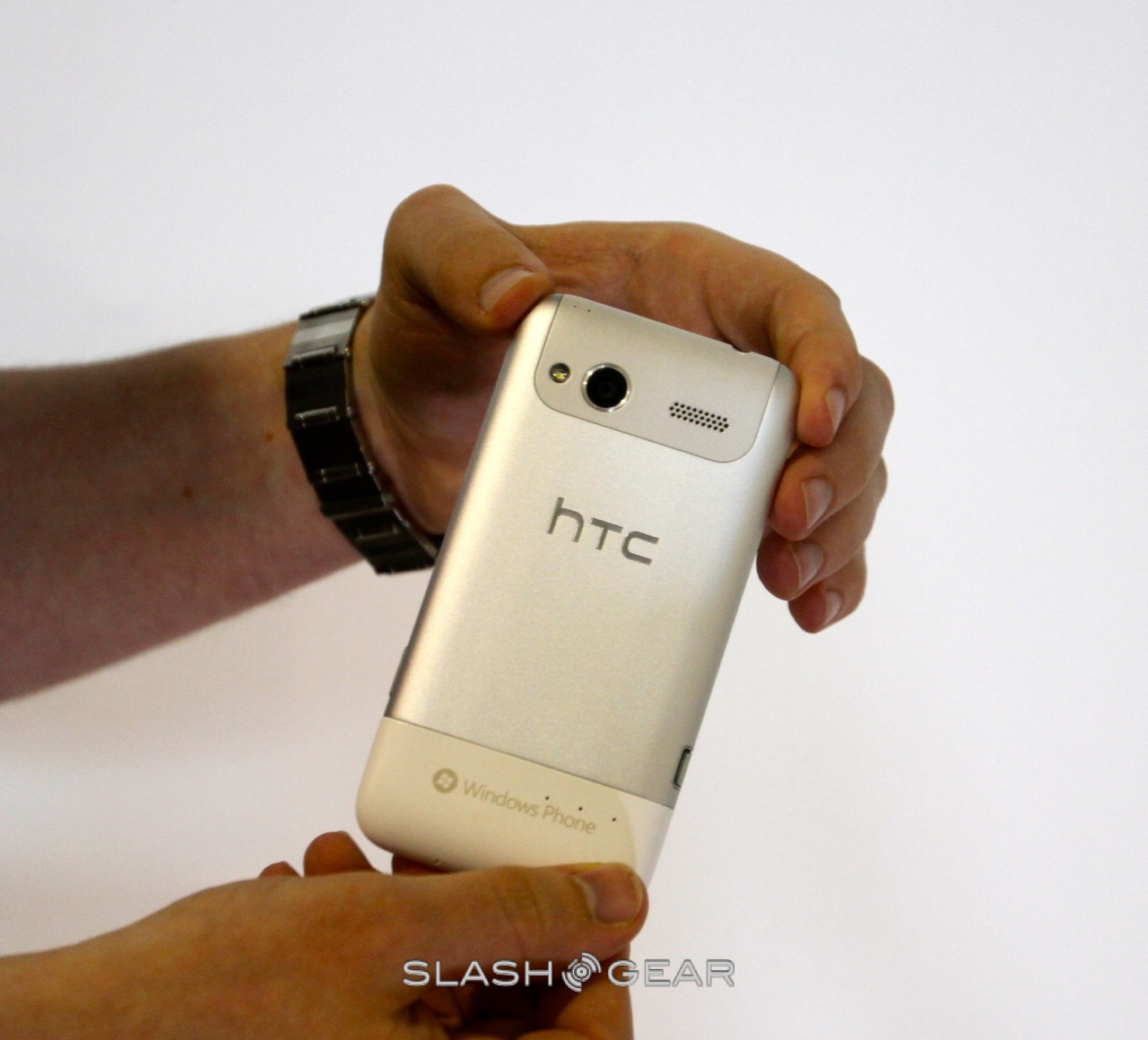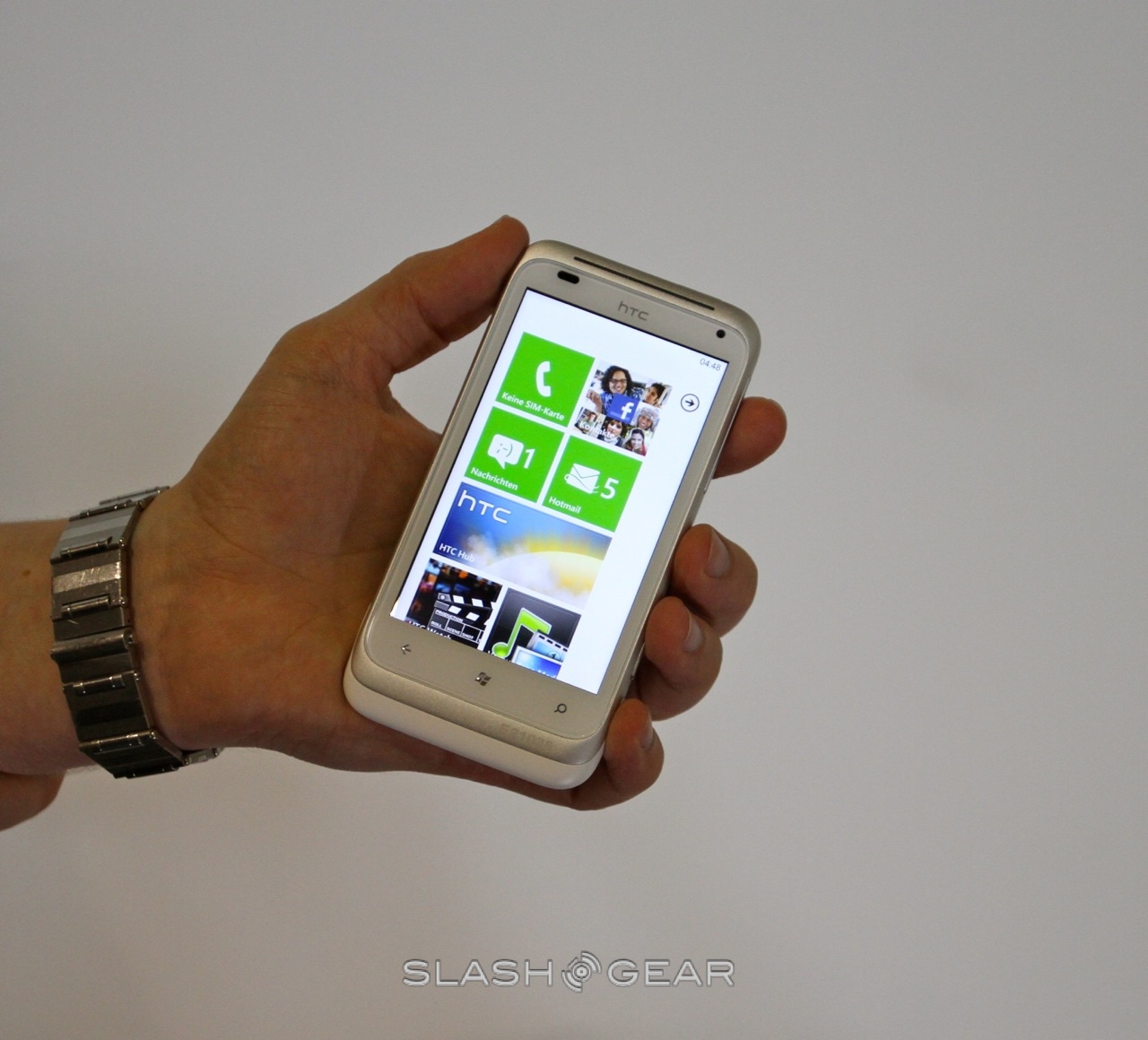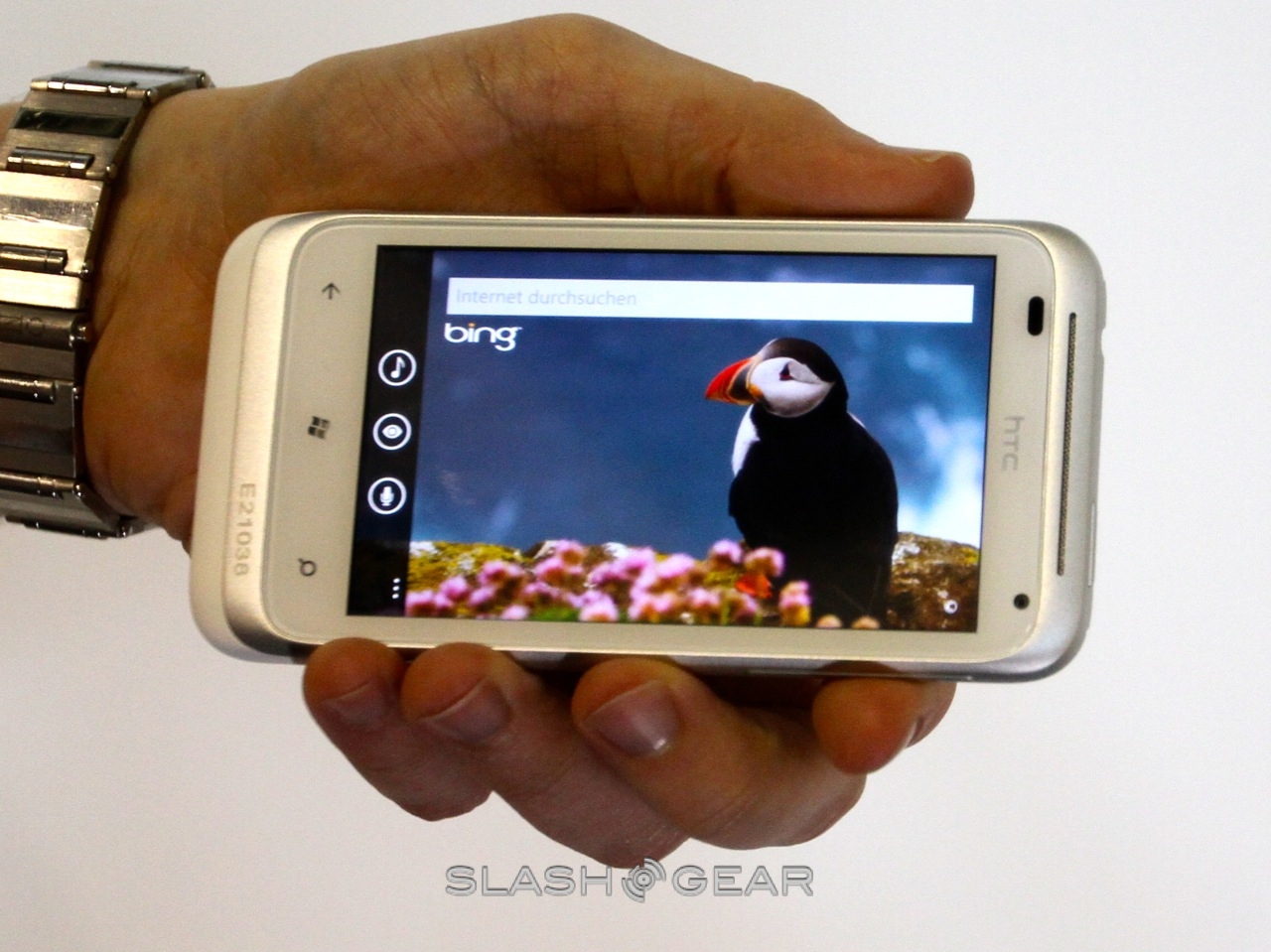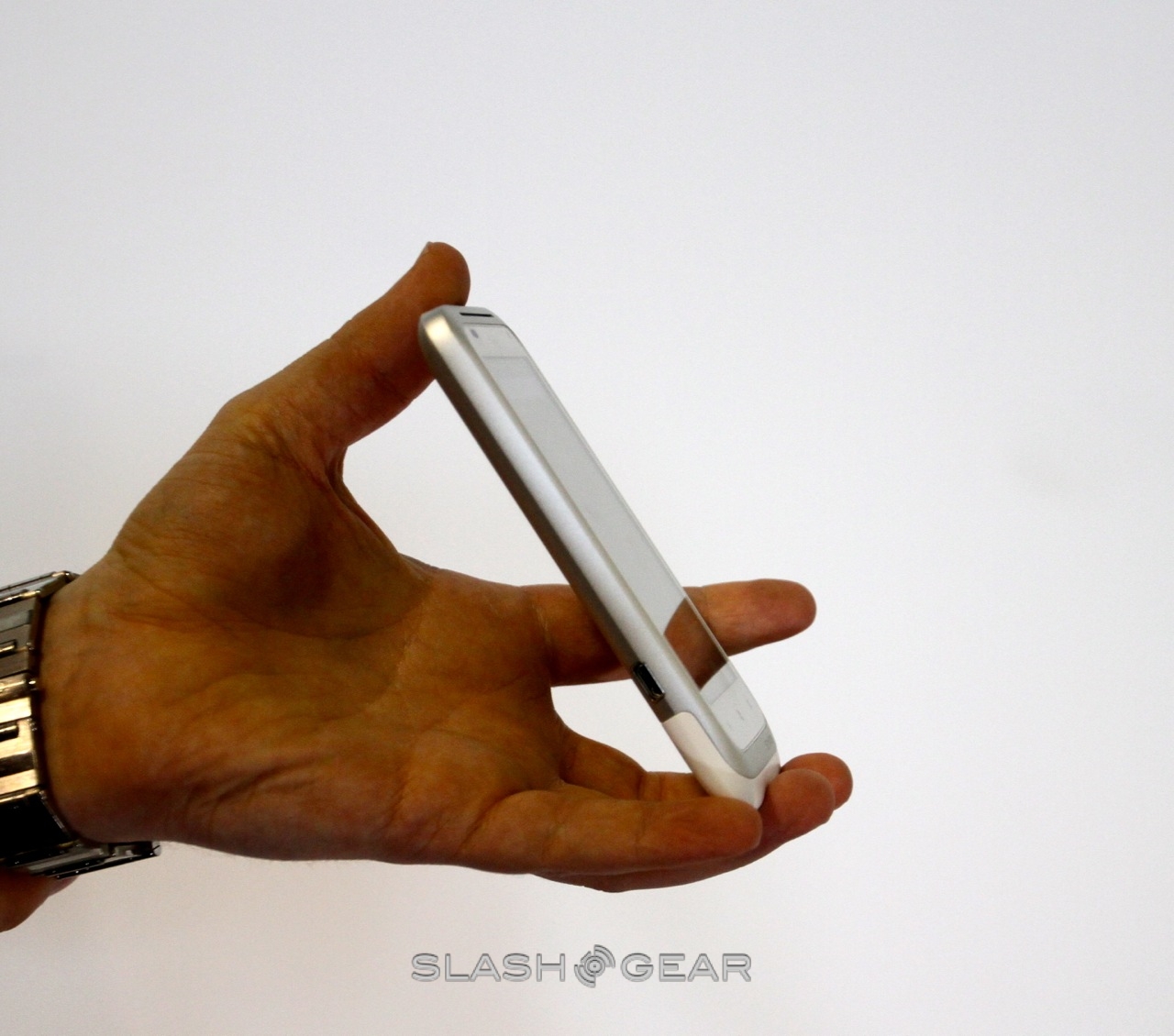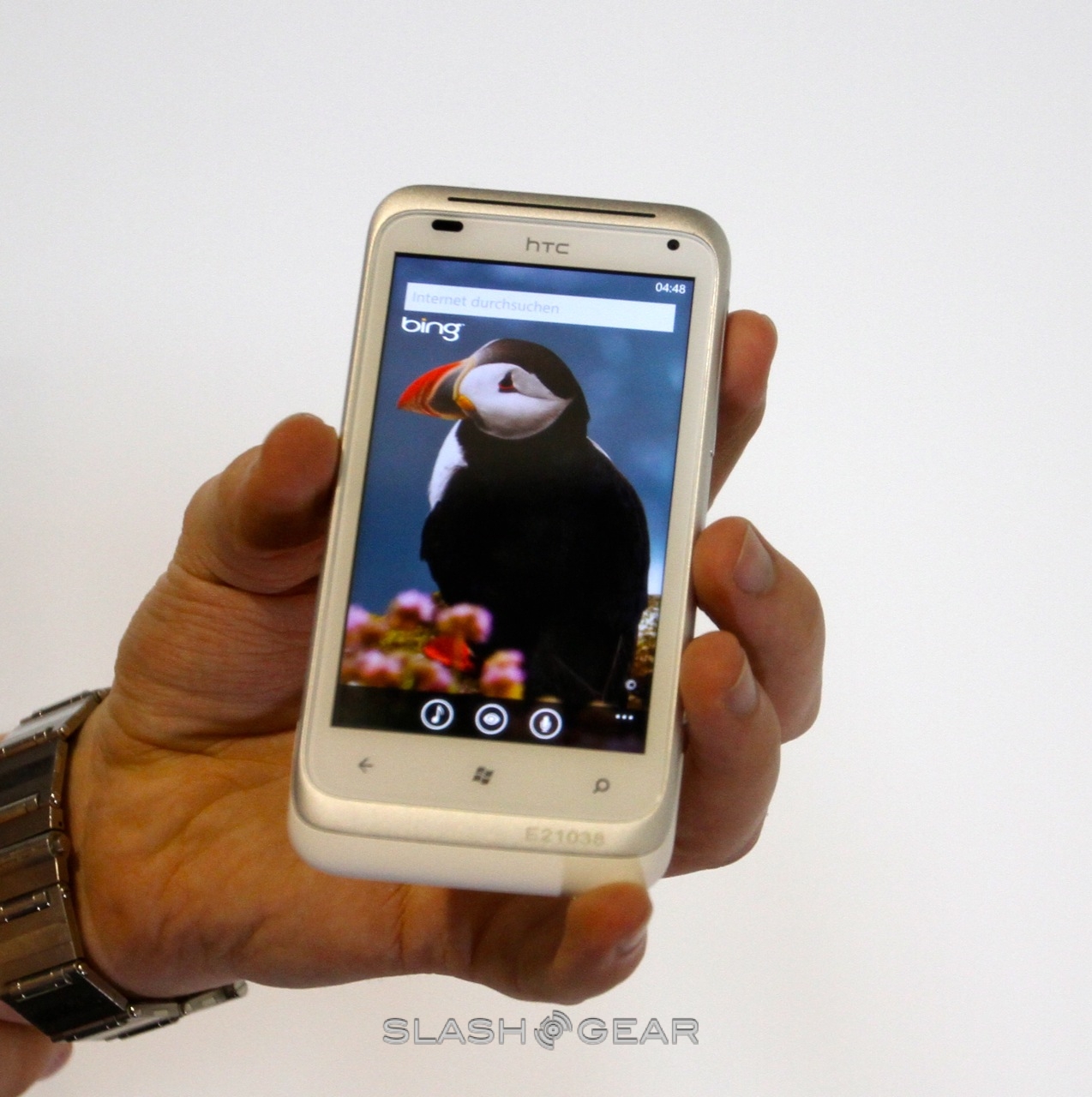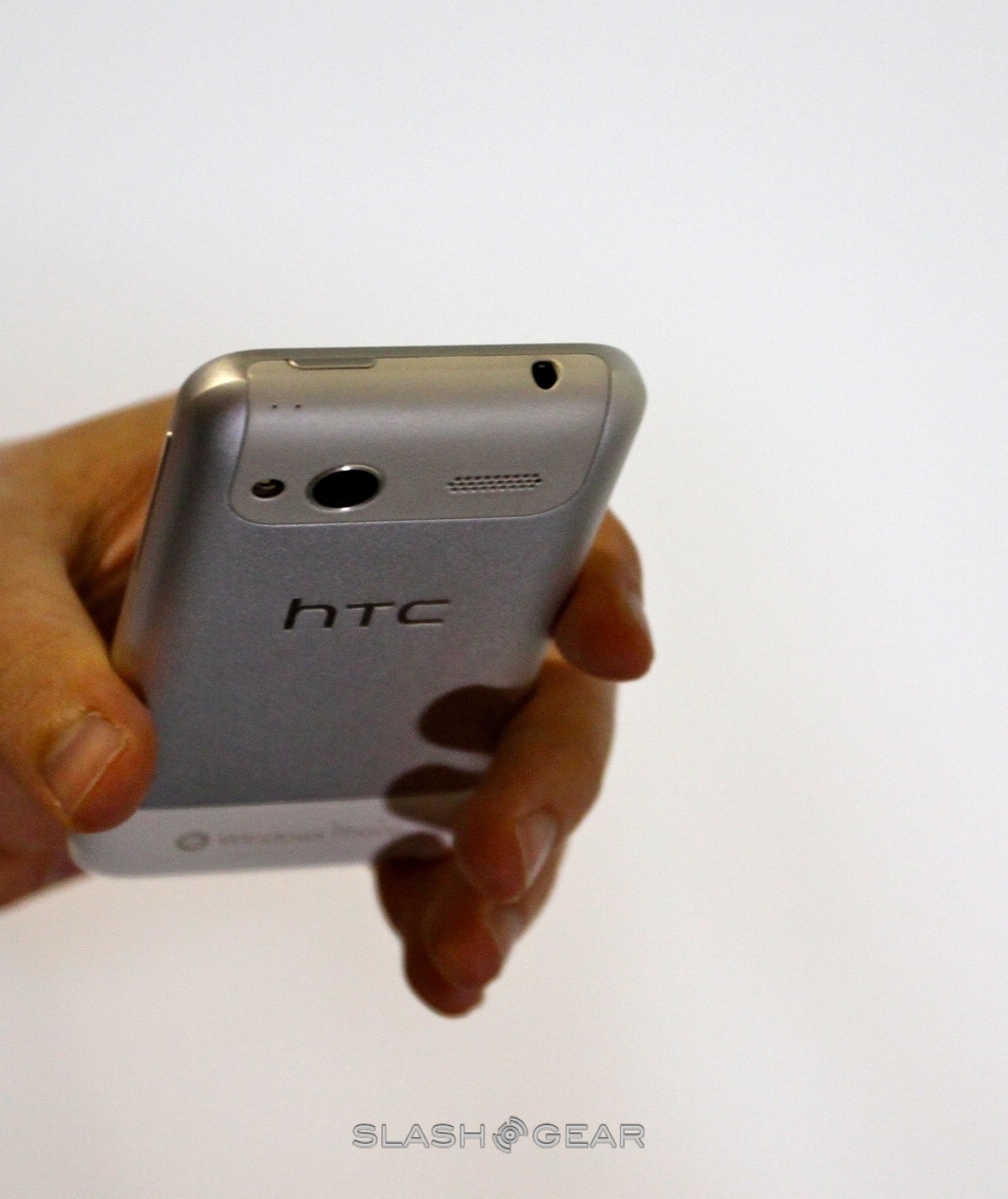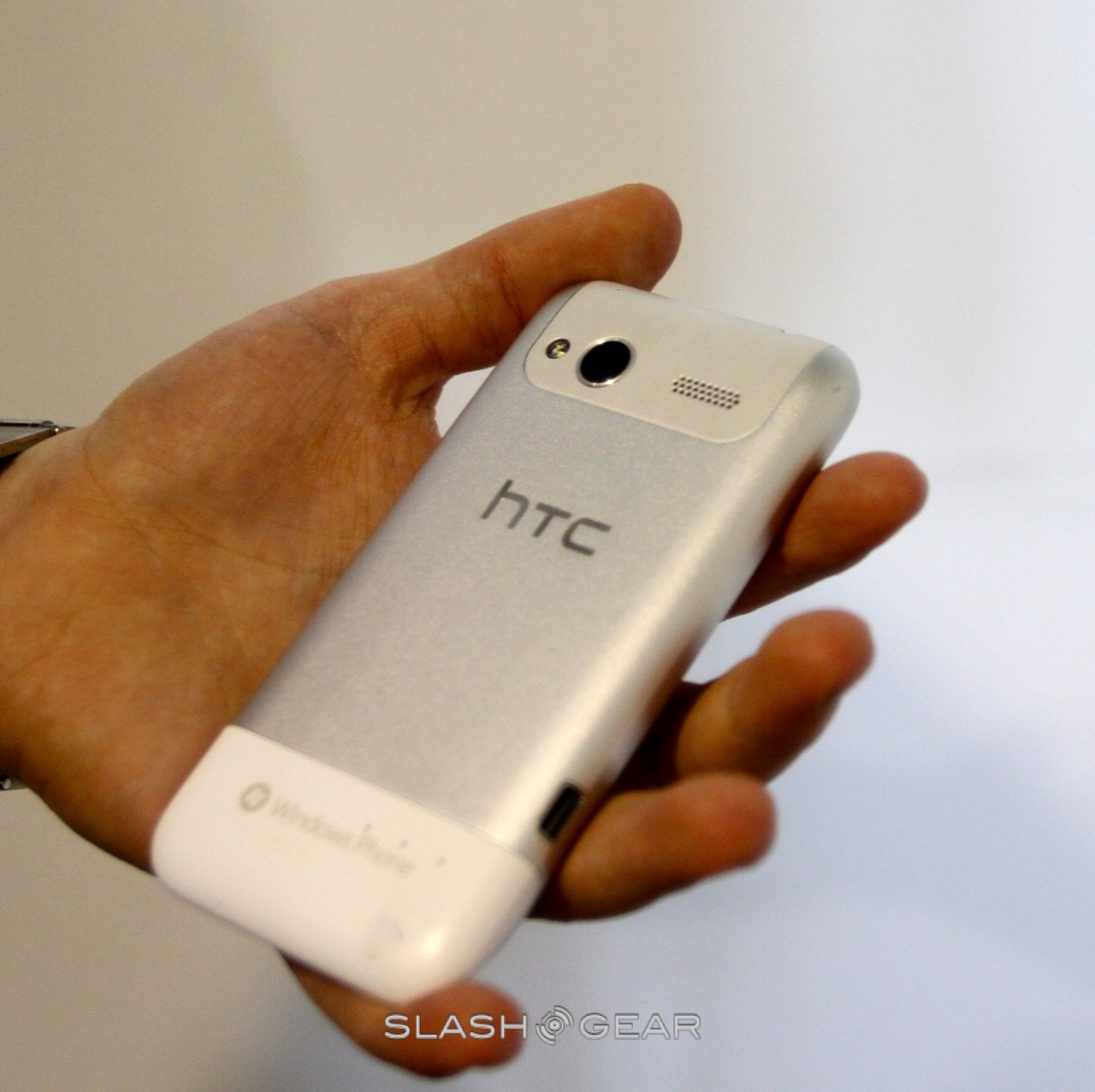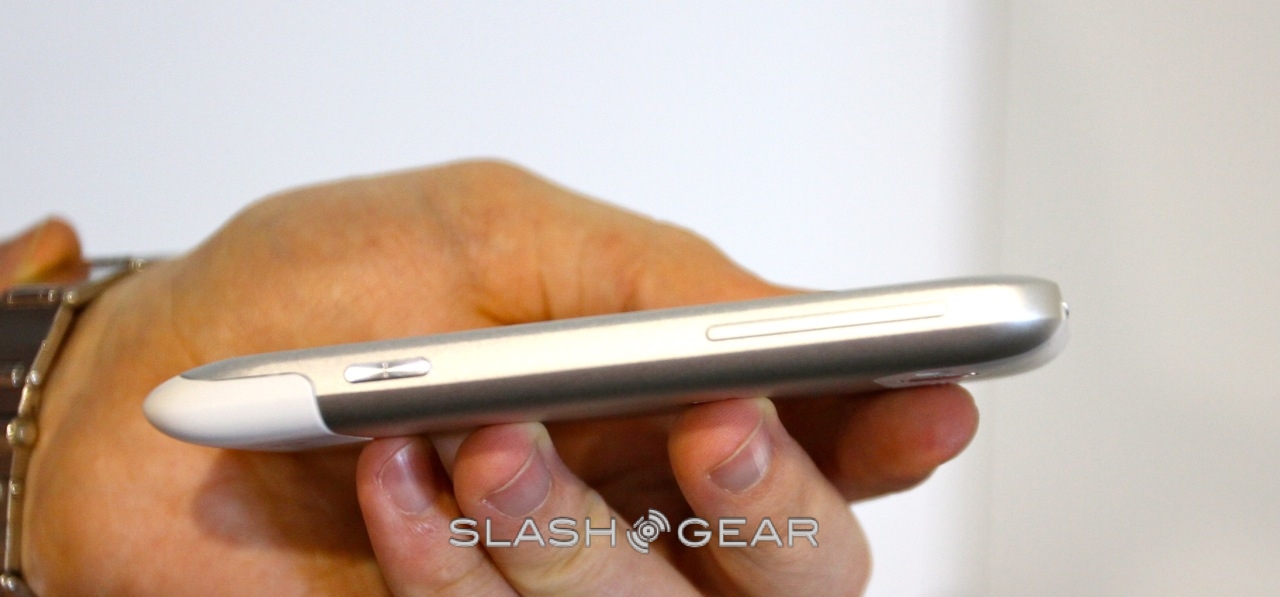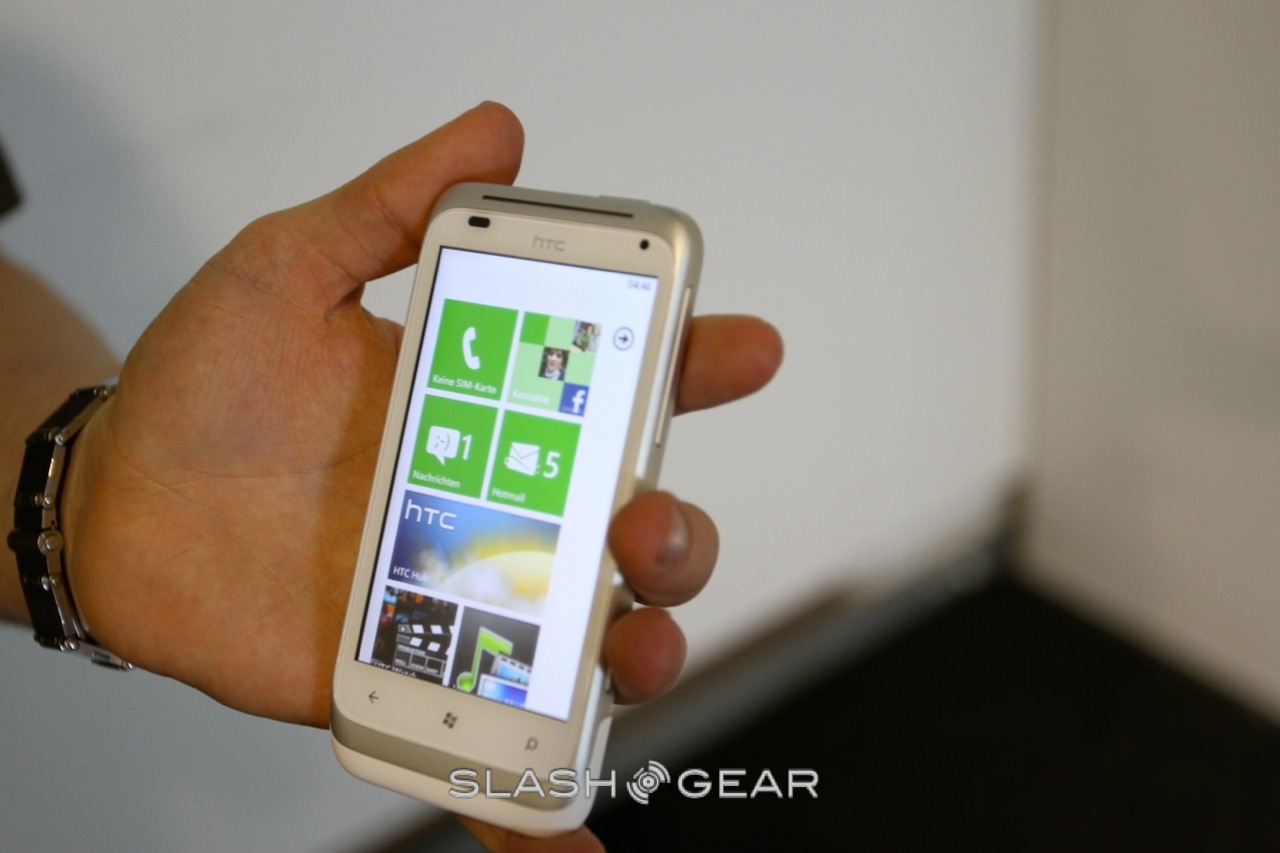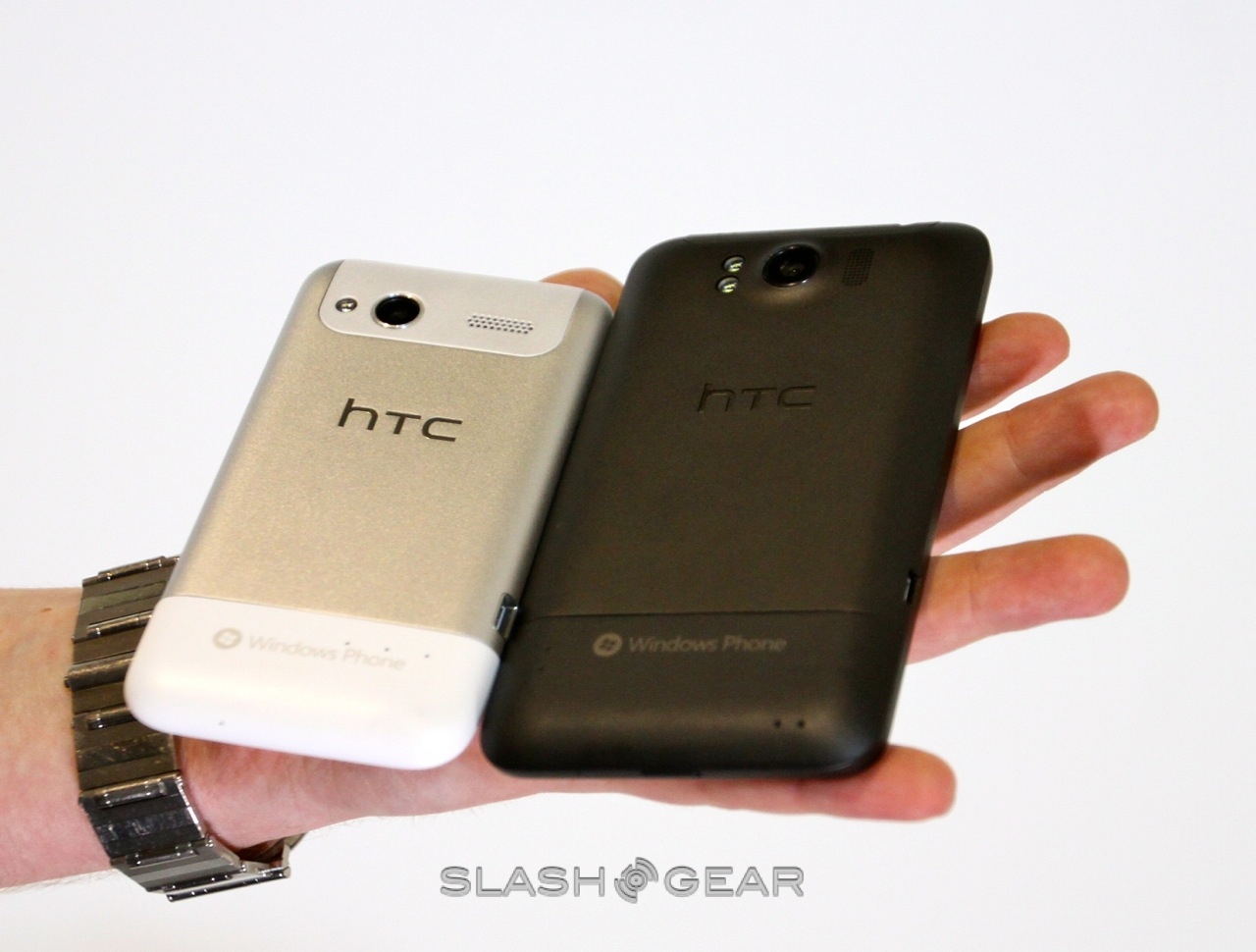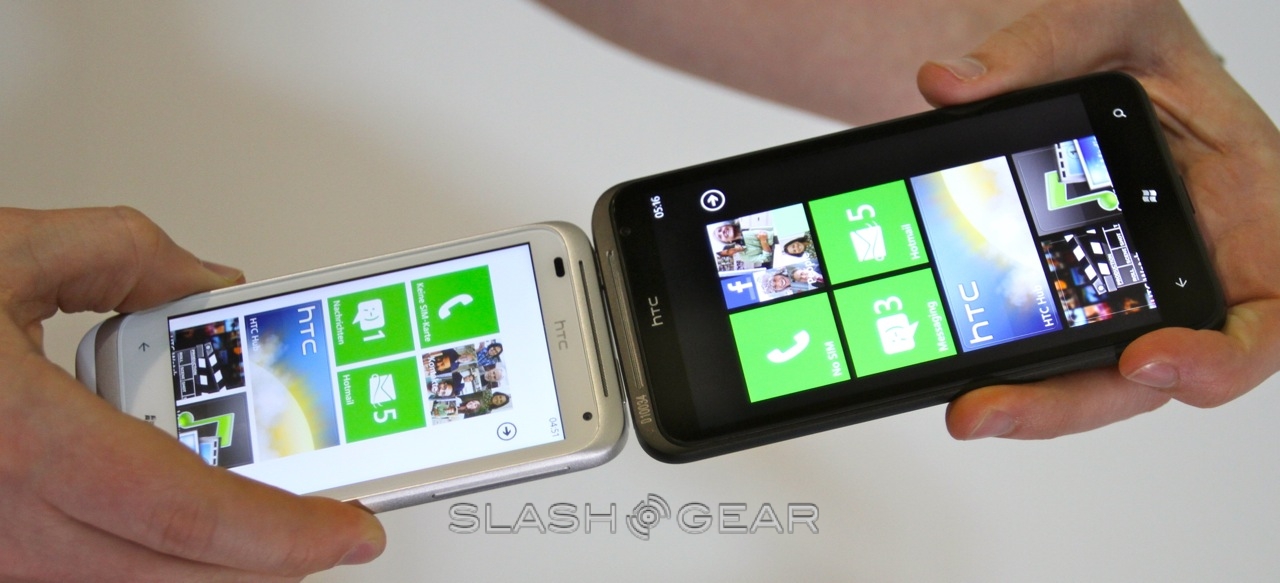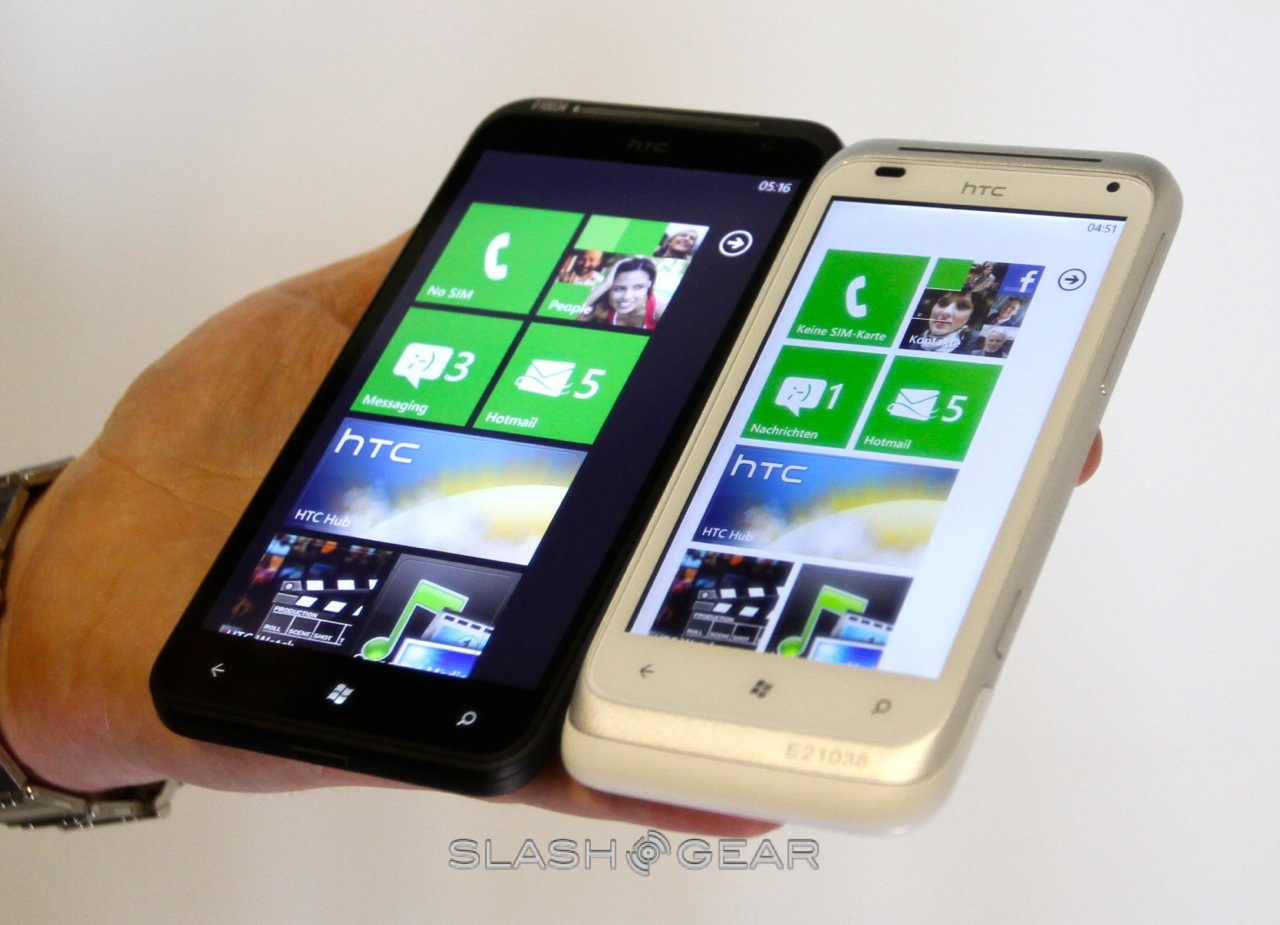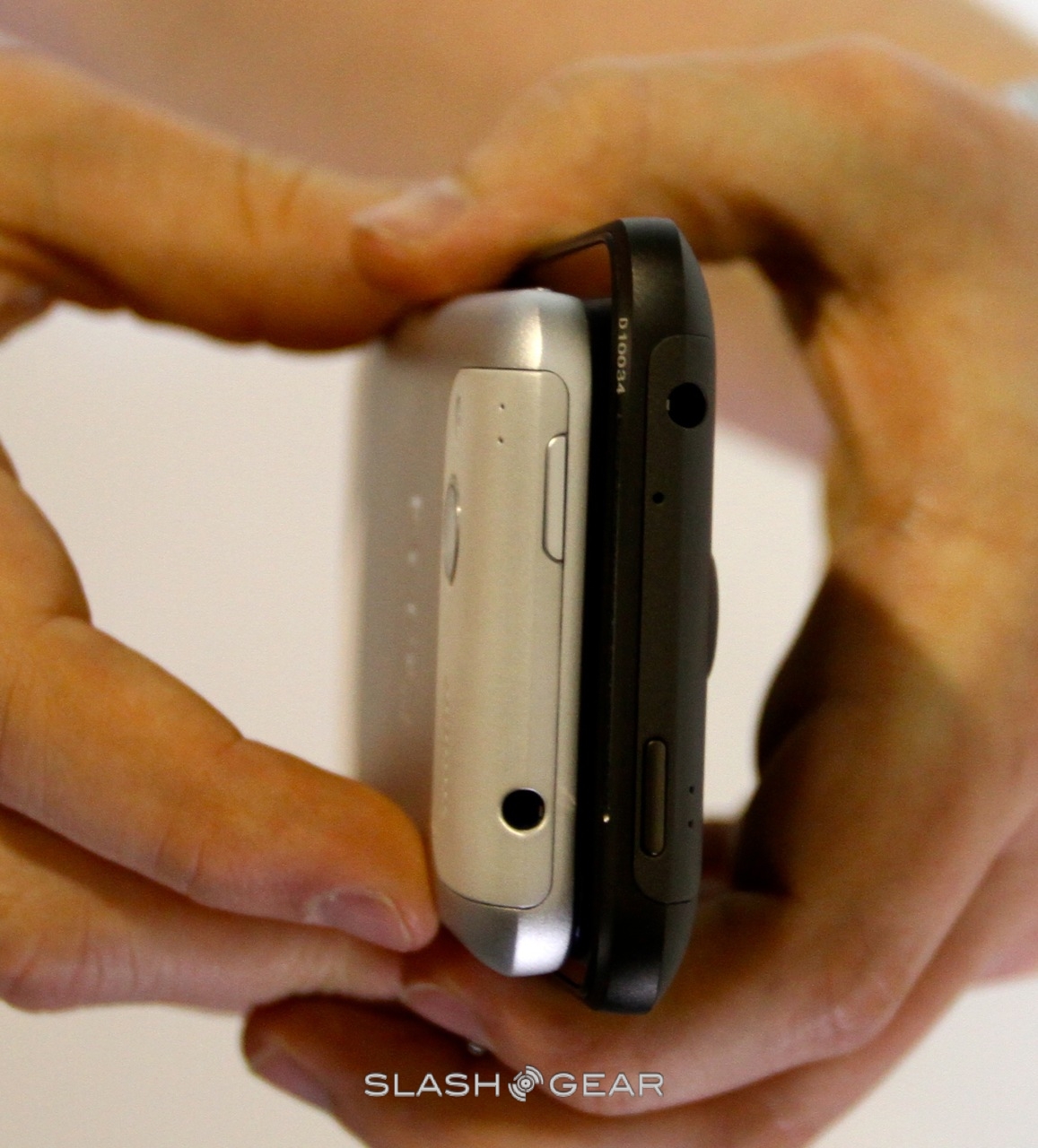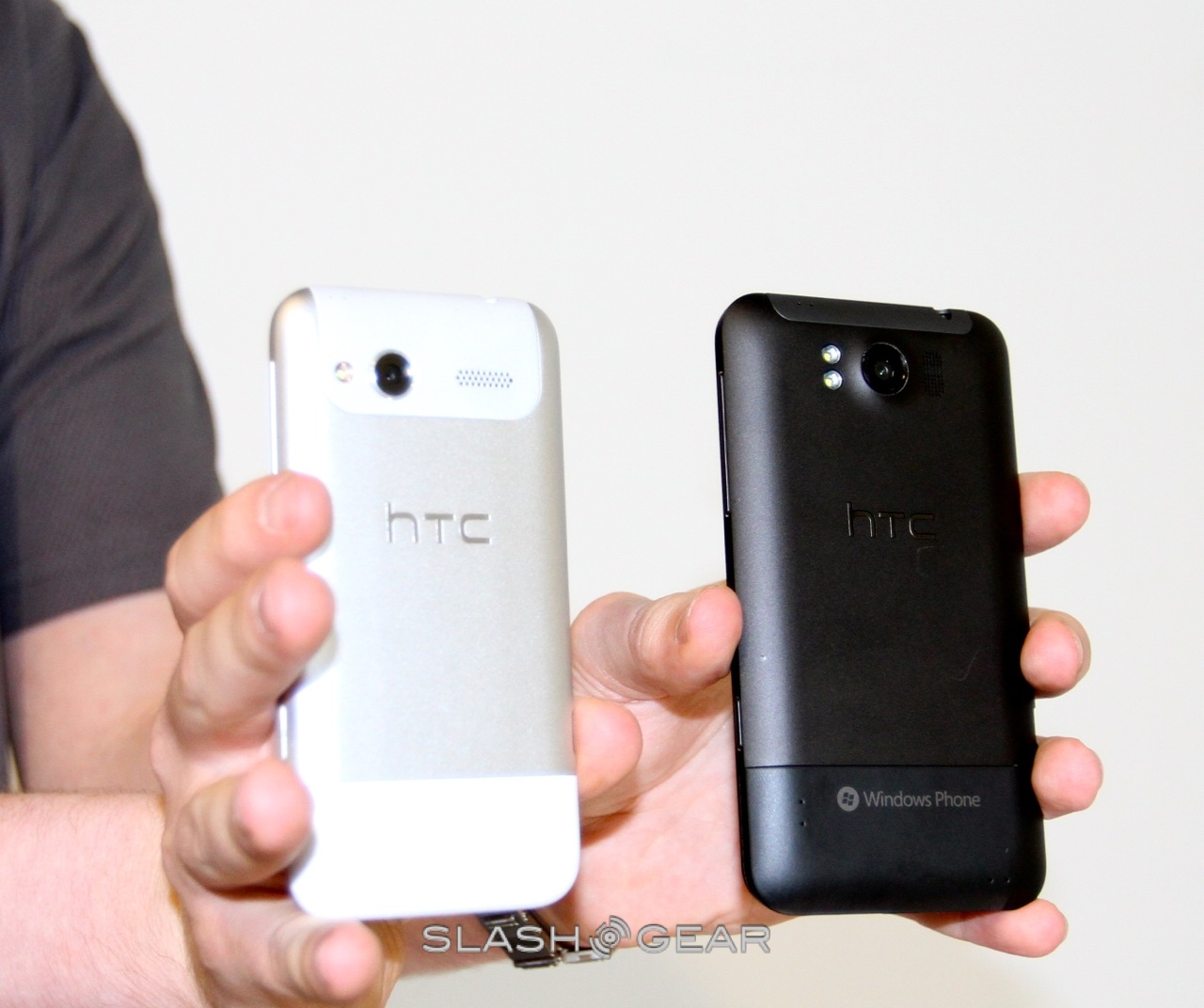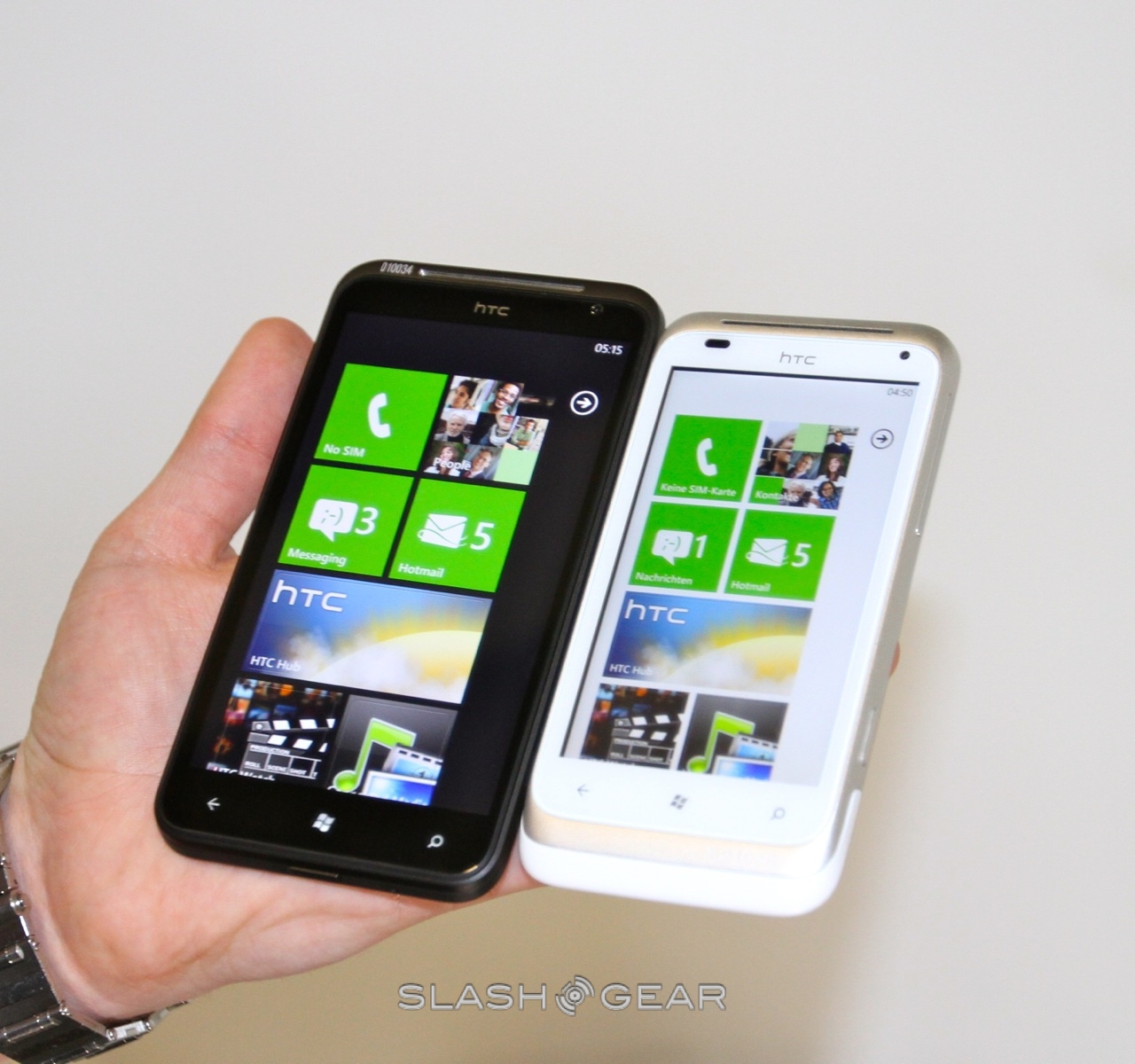HTC Radar Hands-On [Video]
HTC was Microsoft's most ambitious partner at the original Windows Phone launch, and the company has a similarly strong line-up now that Mango is on the scene. The HTC Radar is a 3.8-inch WP7 Mango handset with a WVGA display, 1GHz processor and a design that's reminiscent of the Flyer or an ironed-out Legend. We grabbed some hands-on time with HTC's Radar to see whether or not it should be on yours.
Build quality, as we've found with all of HTC's unibody devices, is strong and creak-free. The lower white panel slides off to reveal the battery and SIM card slot, and there's a dedicated camera key, microUSB port and 3.5mm headphone socket. Size-wise, the 120.5 x 61.5 x 10.9 mm handset is more compact in the hand than the first-gen HTC Trophy, despite offering the same screen size. It also has better viewing angles.
HTC is particularly pushing the Radar's photographic abilities, with the 5-megapixel camera using a back-illuminated sensor for improved low-light performance. There's also a 28mm wide-angle lens, together with a single-LED flash and f/2.2 aperture. Up front is a VGA resolution camera for vanity shots and video calls, when they're supported.
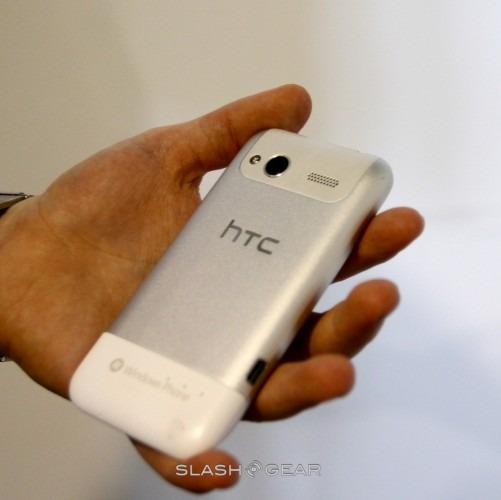
It's really the combination of HTC's hardware and the much-improved Mango that makes the Radar a success. Microsoft's first major update to Windows Phone has, as we discovered in our technical preview, polished many of the rough edges early-adopters complained about; with the Radar expected to be priced roughly in line with the Android-based HTC Desire S, it's likely to find an audience among those who want to spend less time tinkering with their handset and more time getting on with smartphone features.
HTC Radar hands-on:
[vms f21d69c91dddeefb792a]

